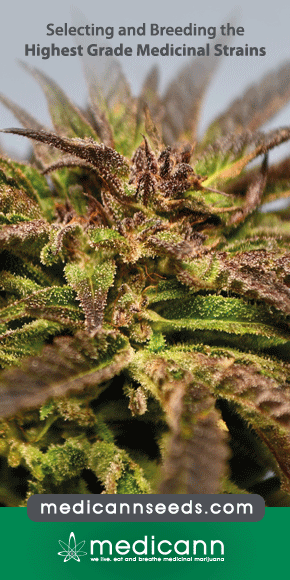Topical Medical Cannabis (TMC): A new treatment for wound pain-Three cases of Pyoderma Gangrenosum.
Pain associated with integumentary wounds is highly prevalent yet it remains an area of significant unmet need within healthcare. Currently, systemically administered opioids are the mainstay of treatment. However, recent publications are casting opioids in a negative light given their high side effect profile, inhibition of wound healing, and association with accidental overdose, incidents that are frequently fatal. Thus, novel analgesic strategies for wound-related pain need to be investigated.


